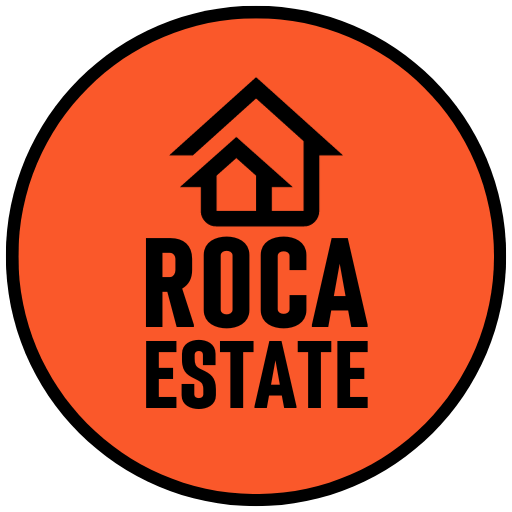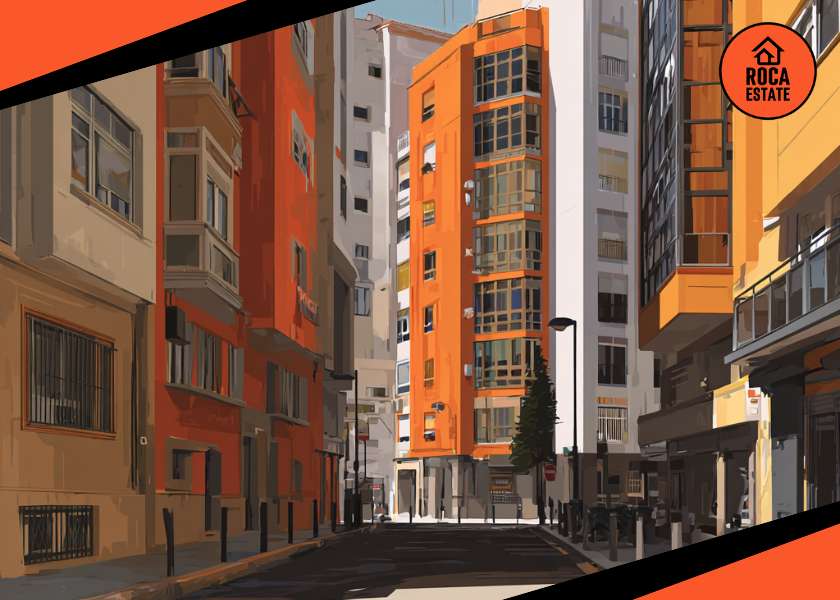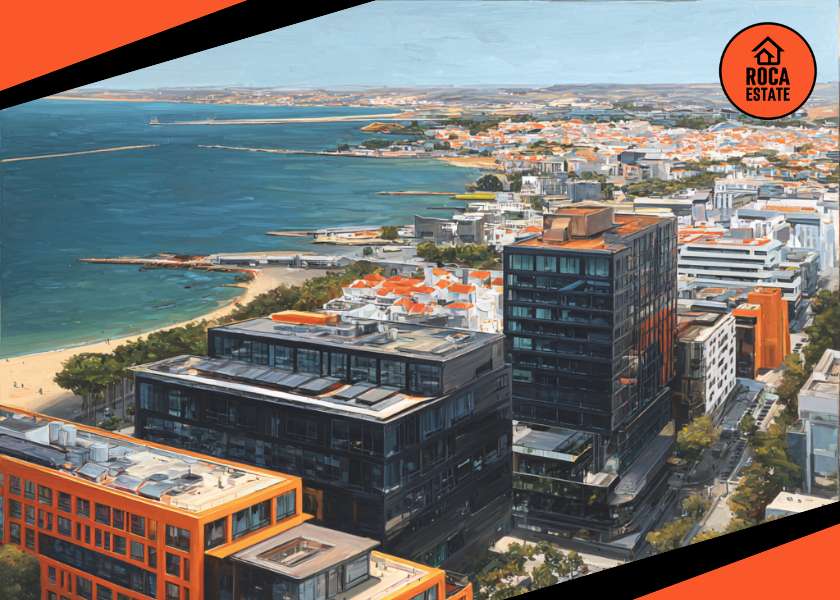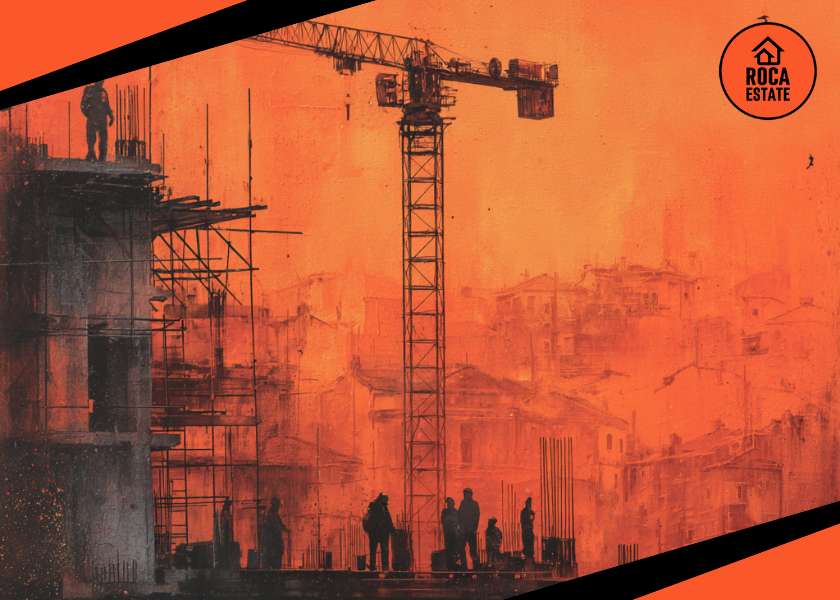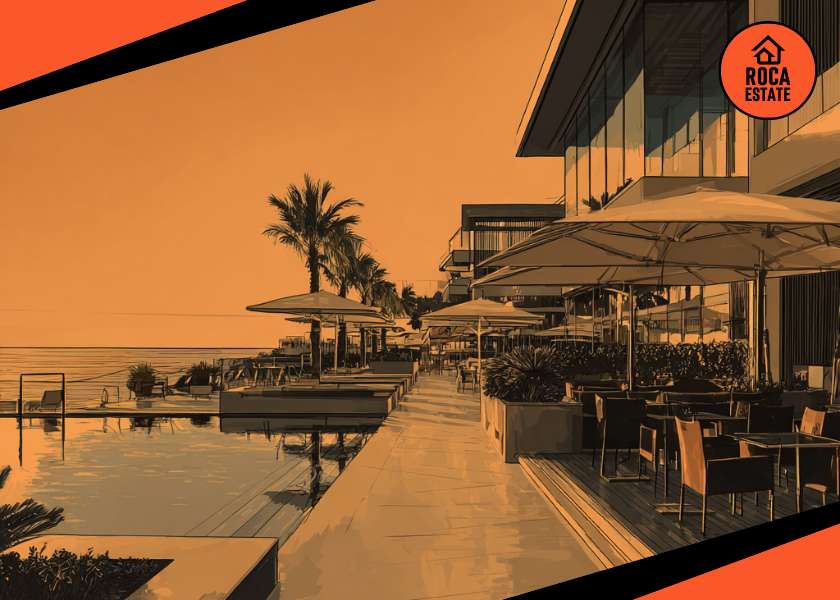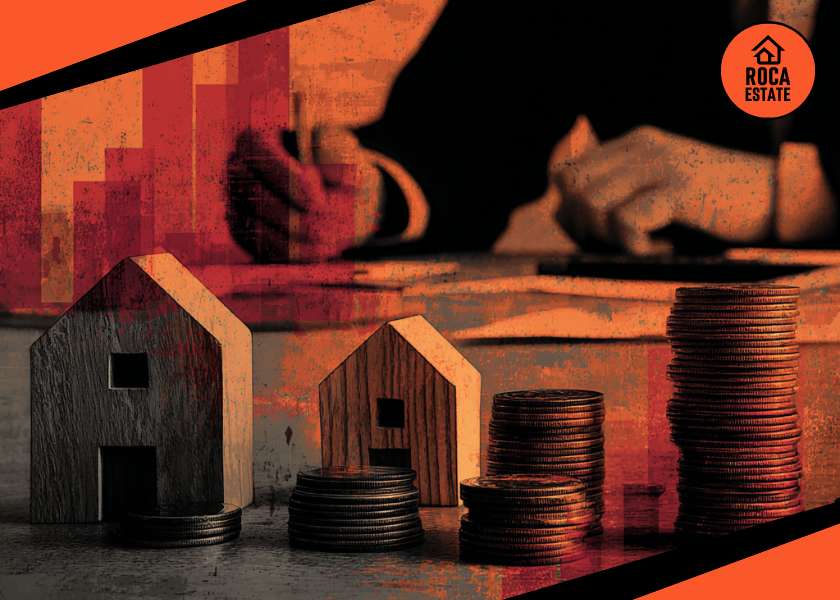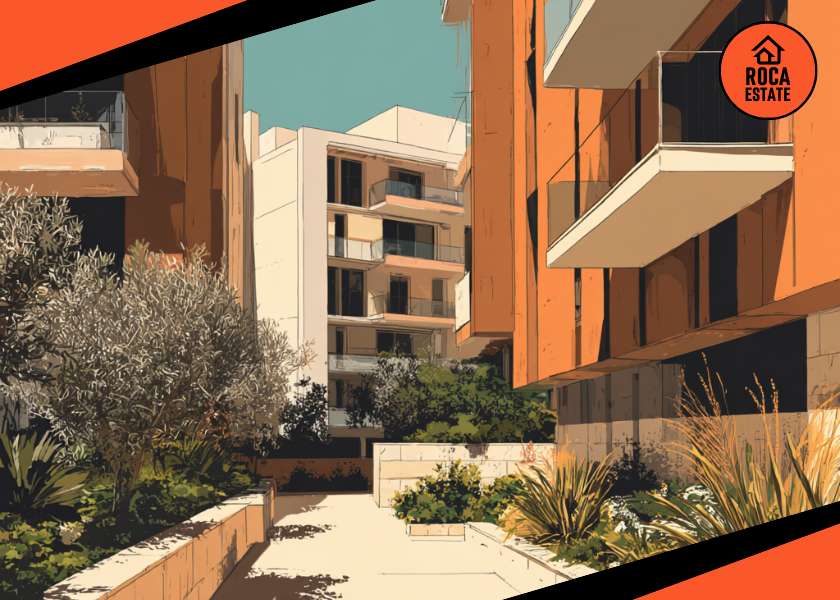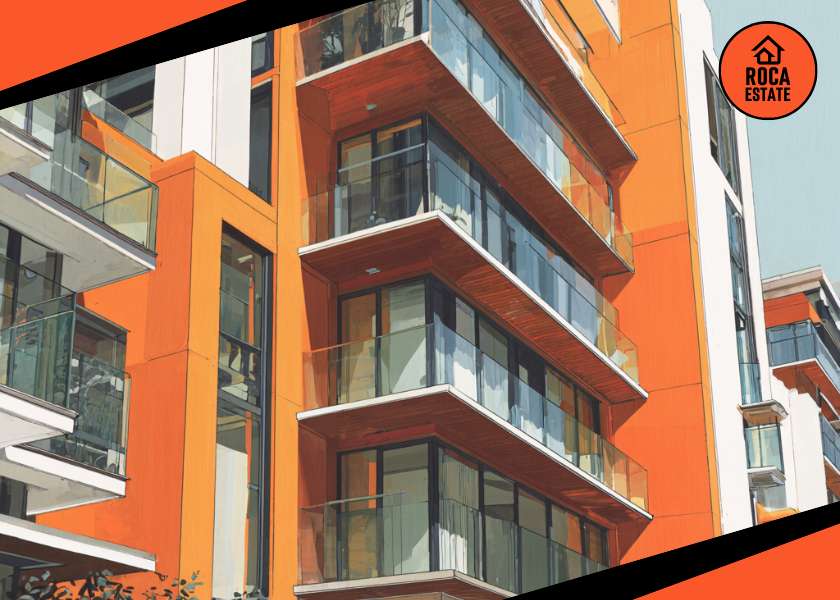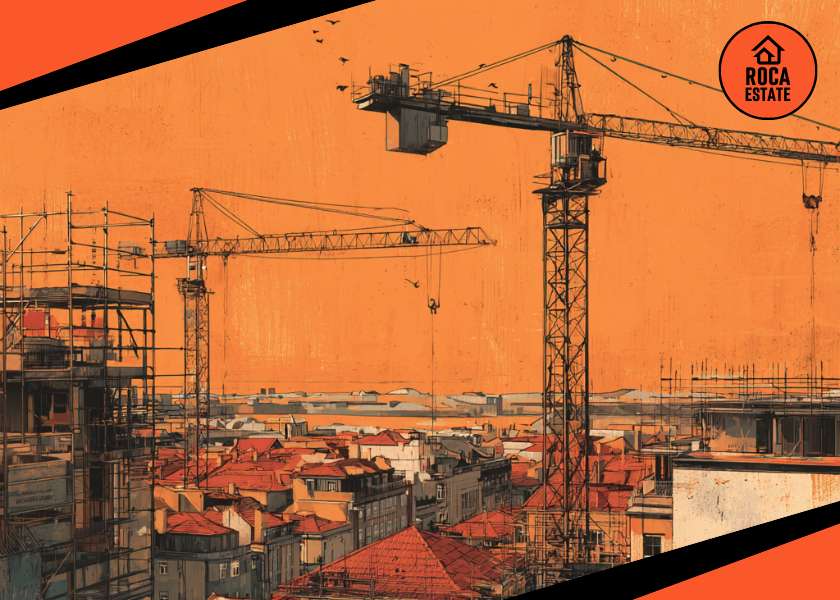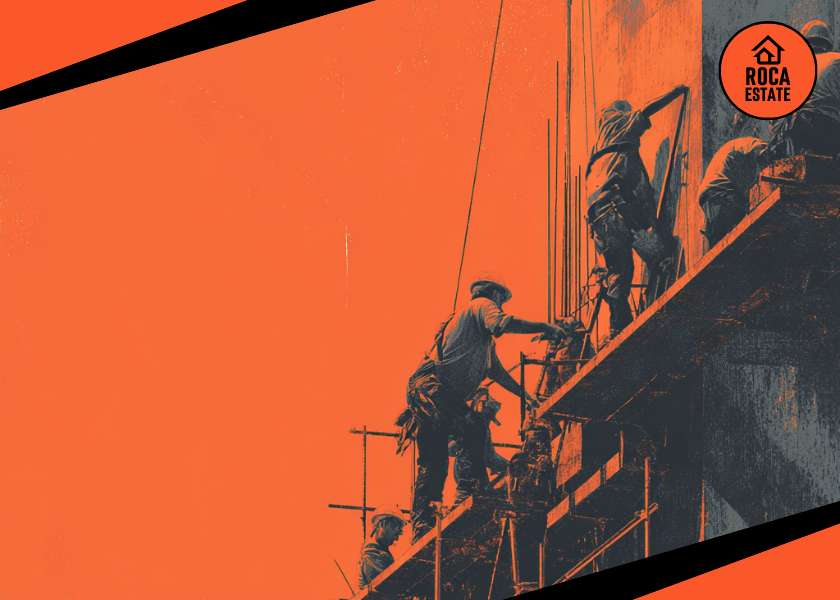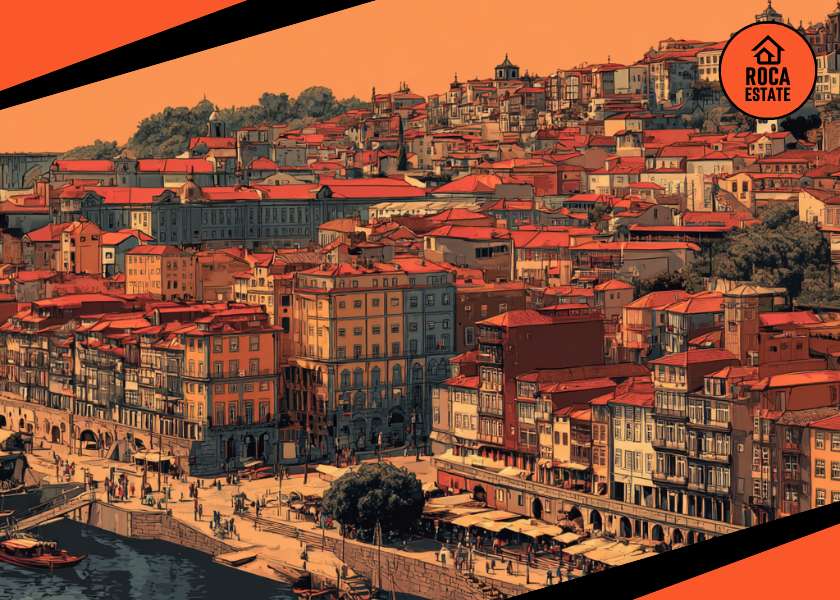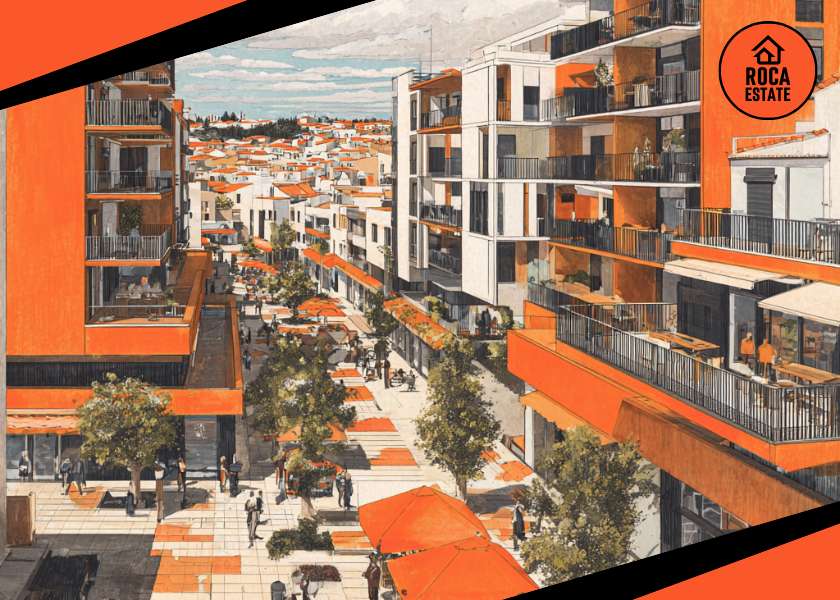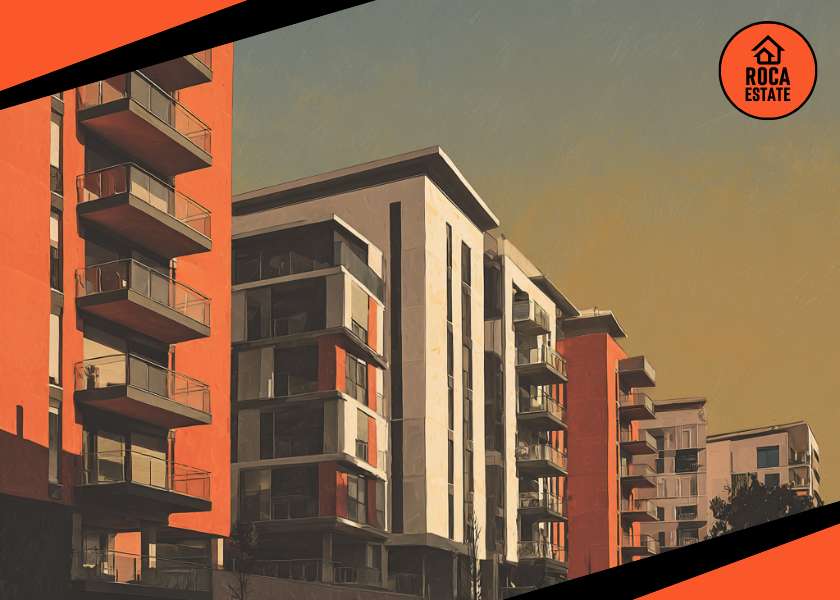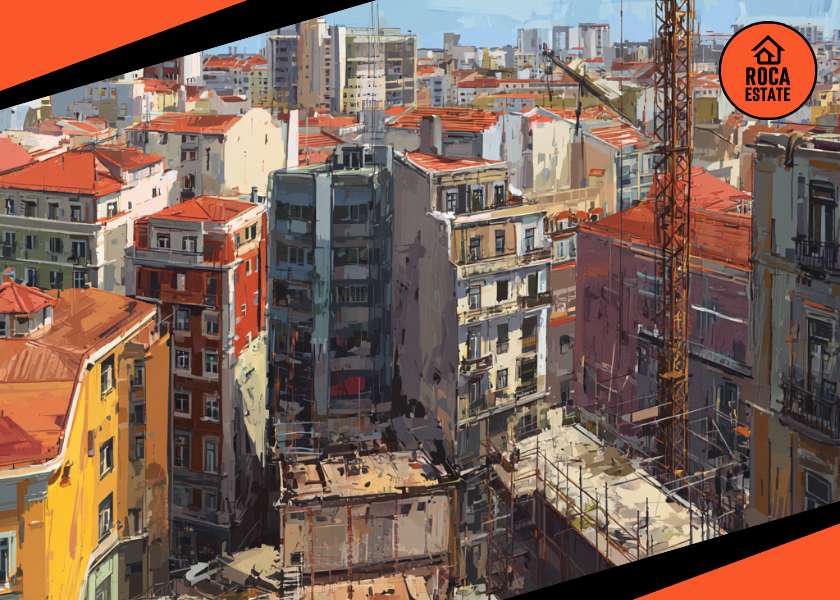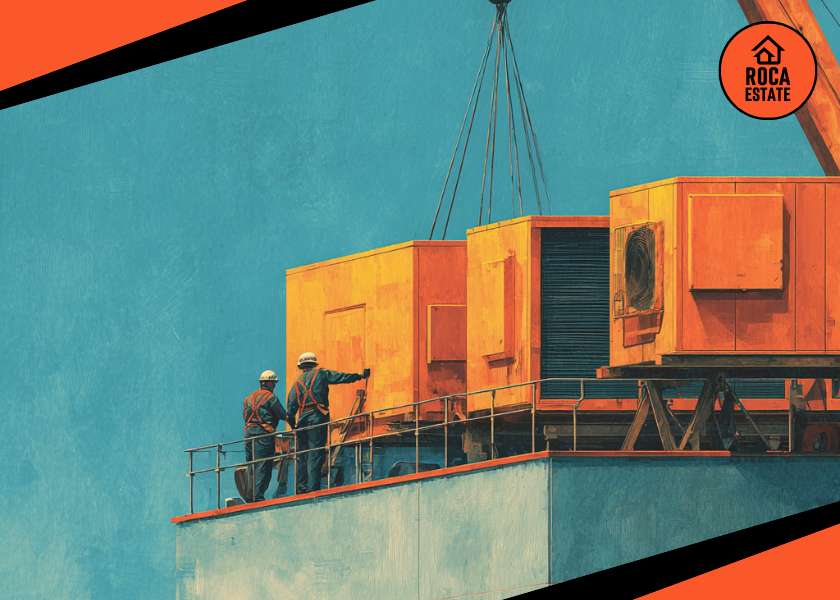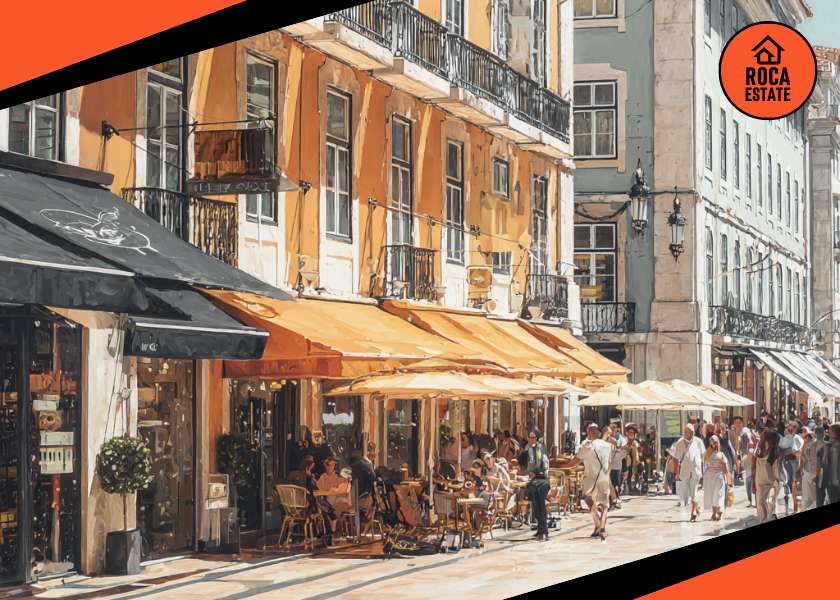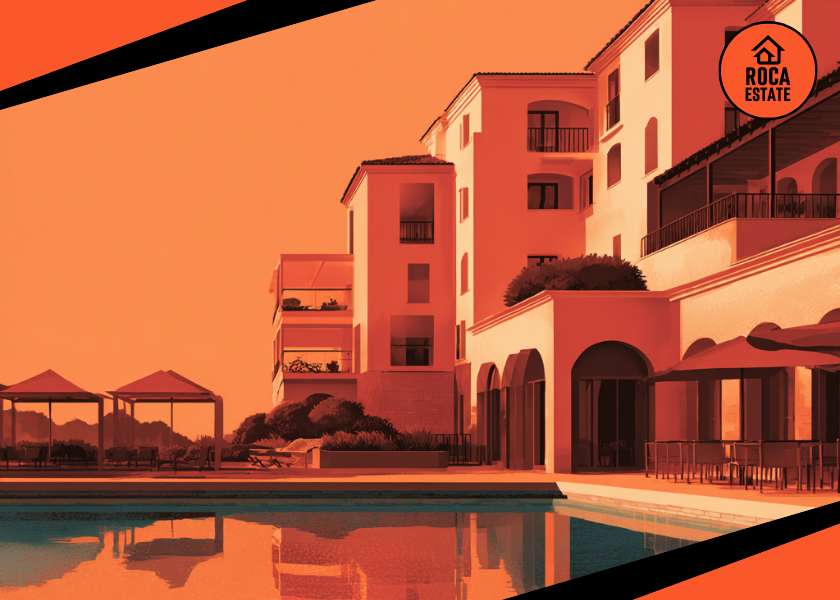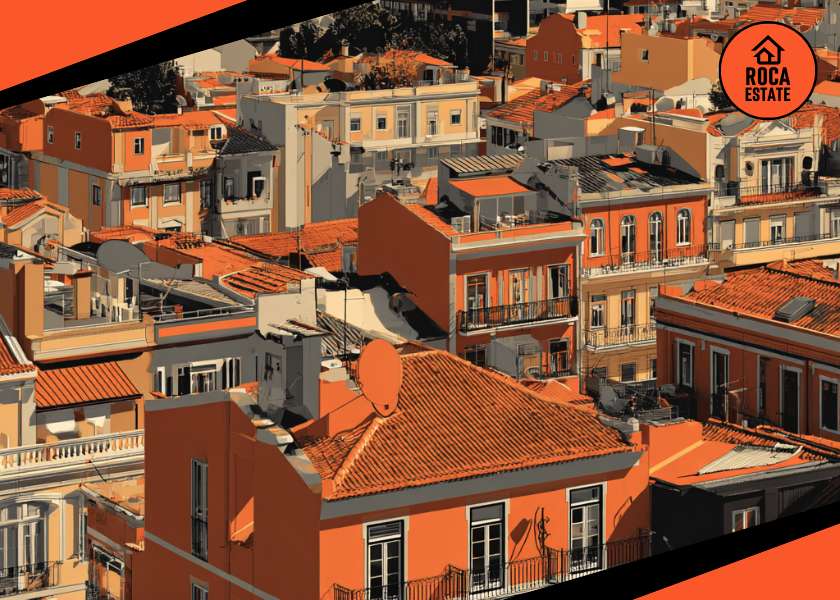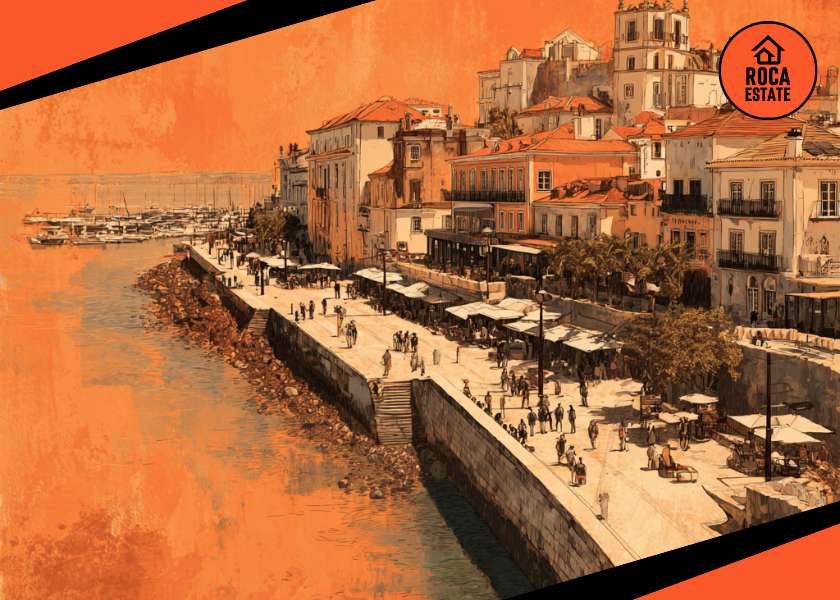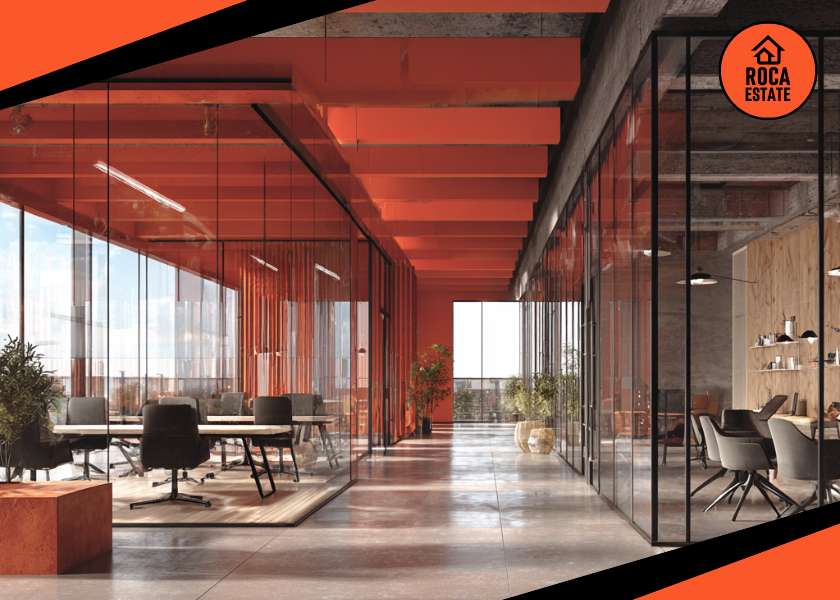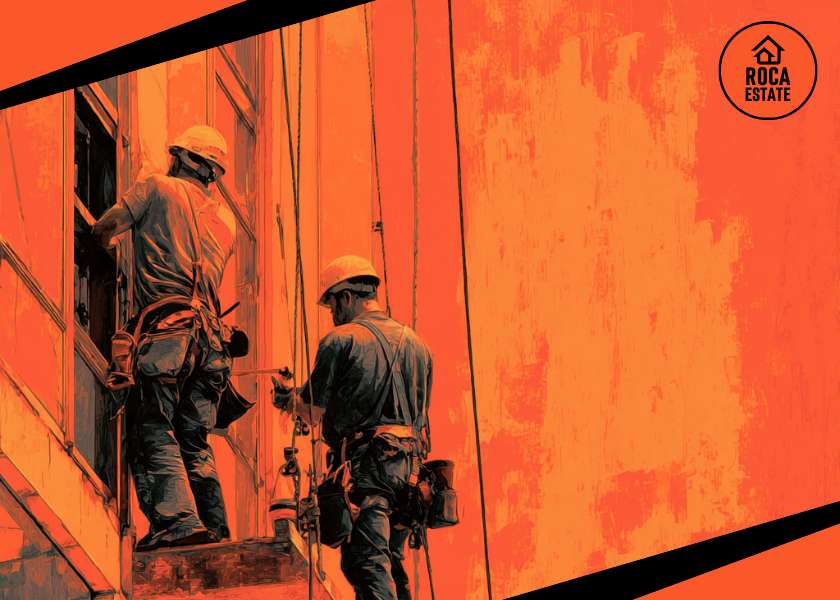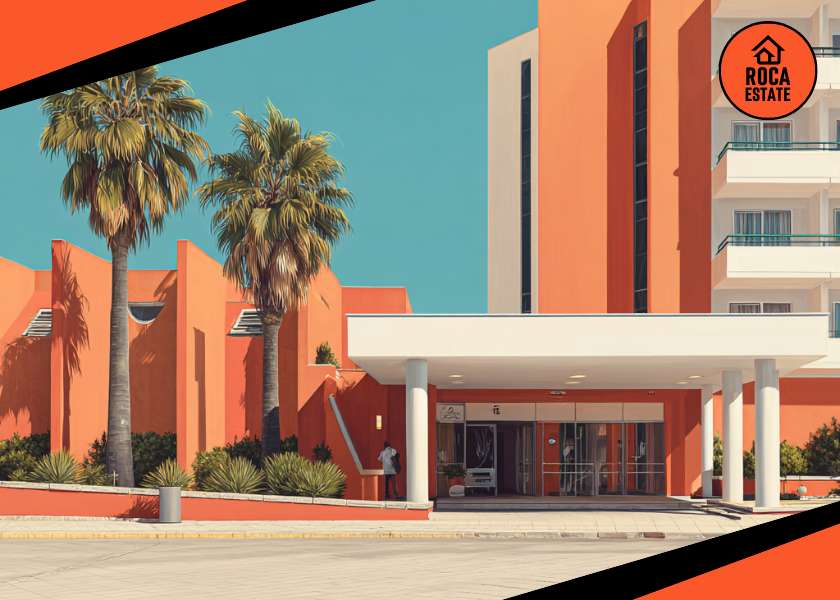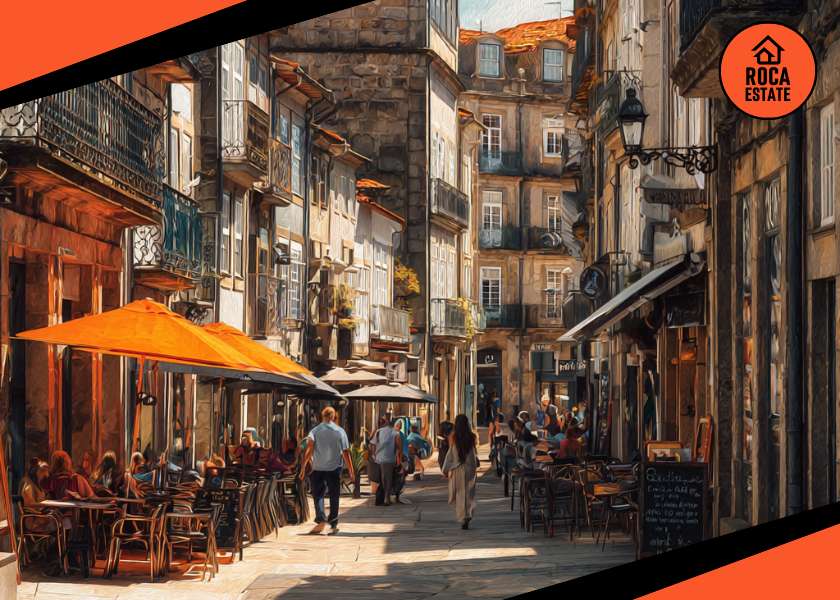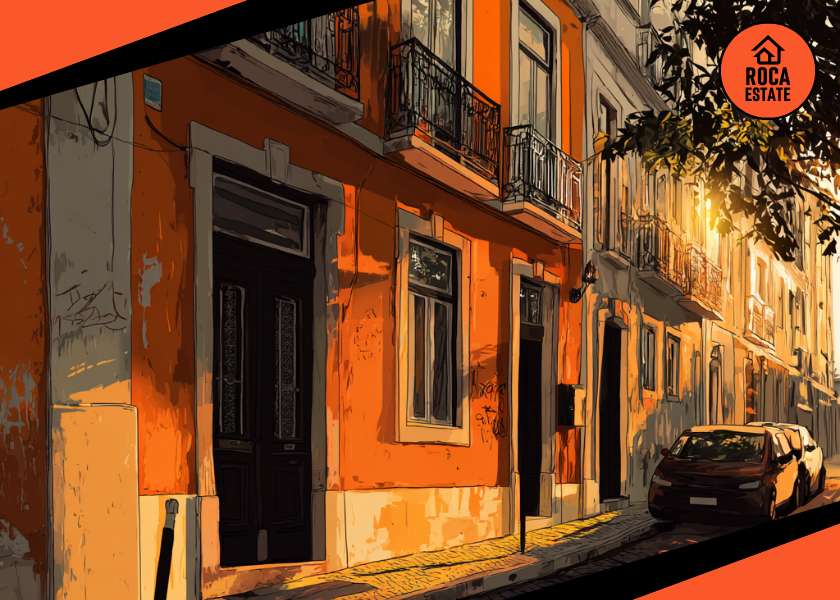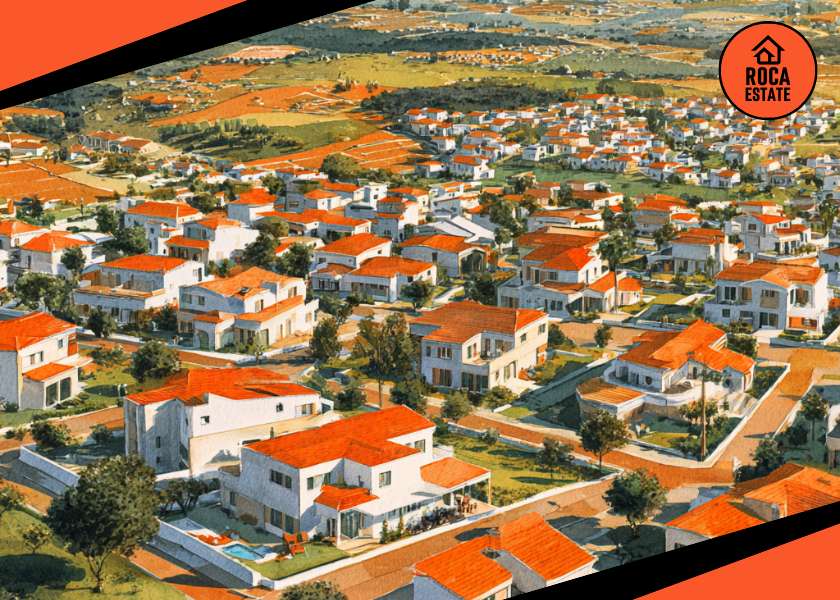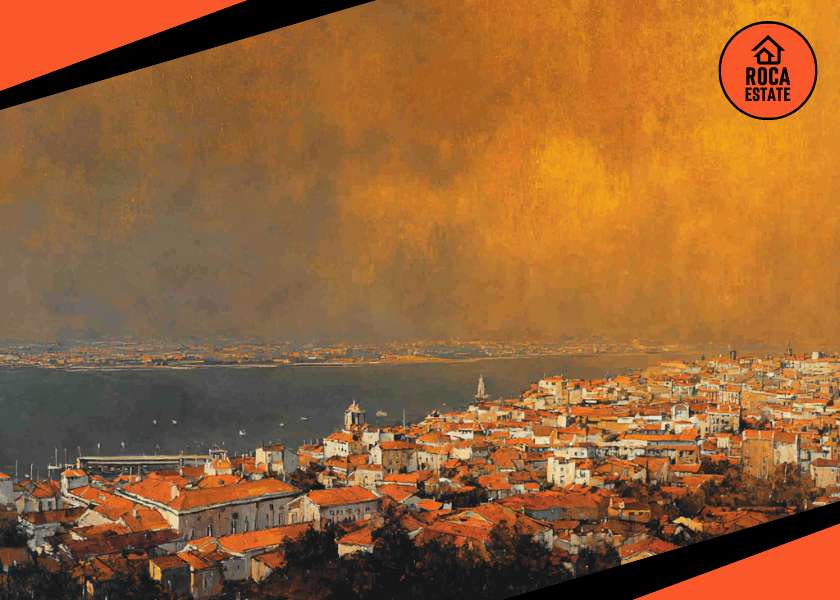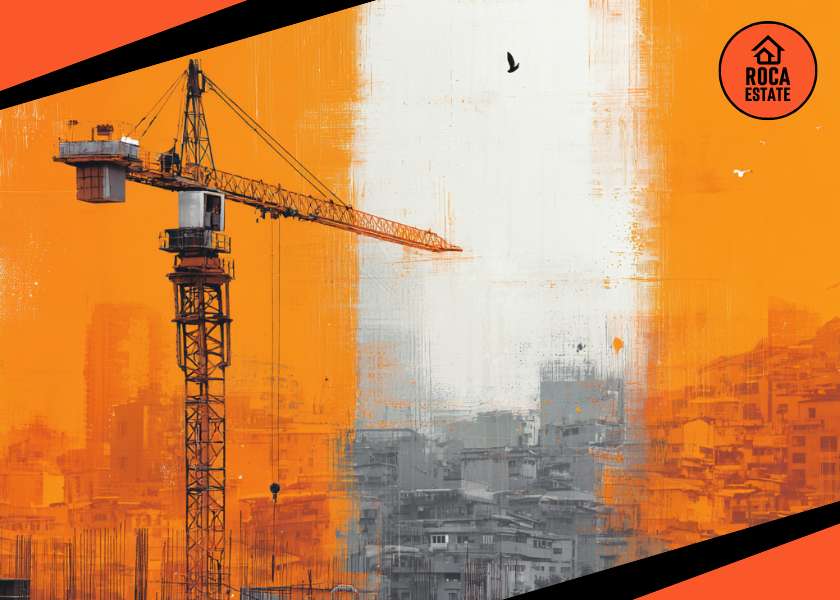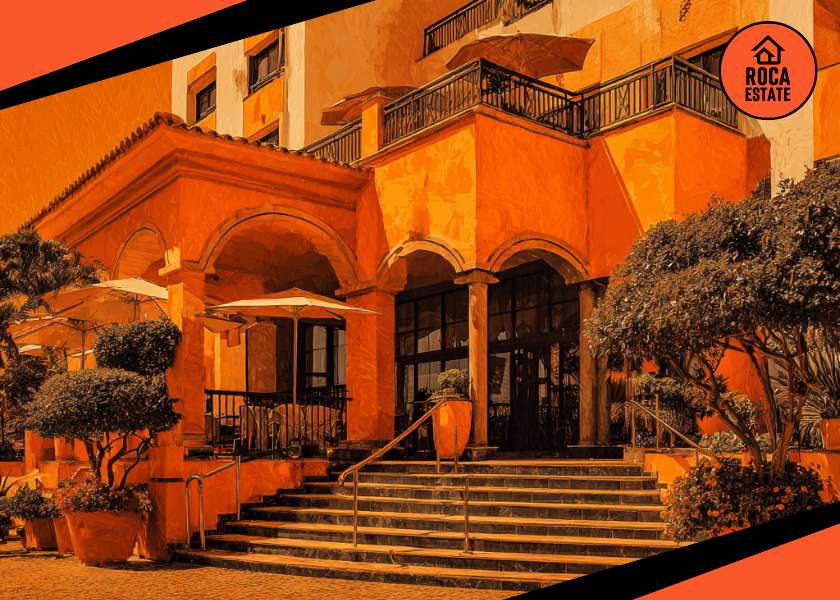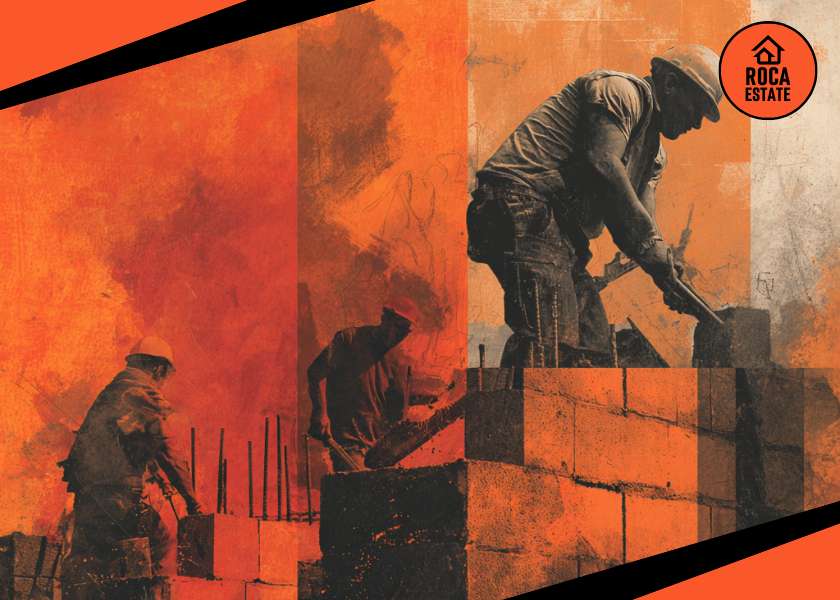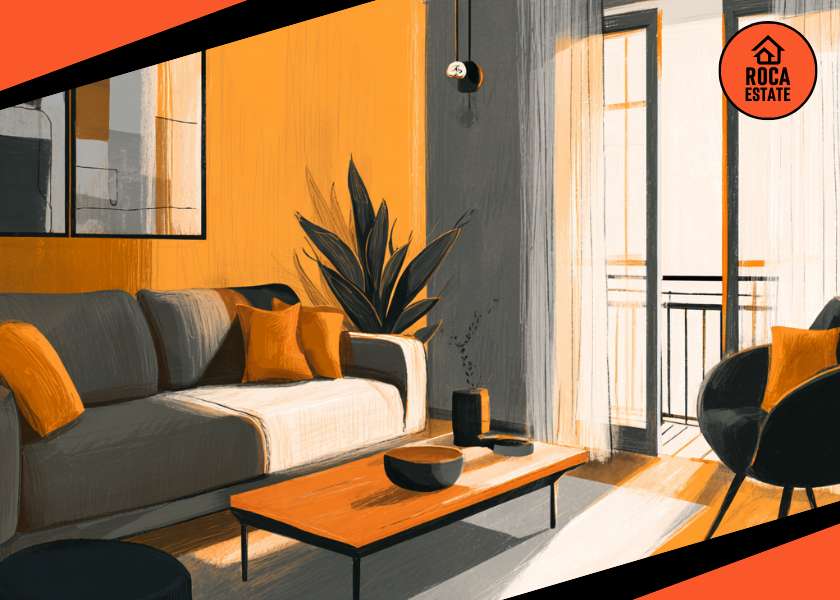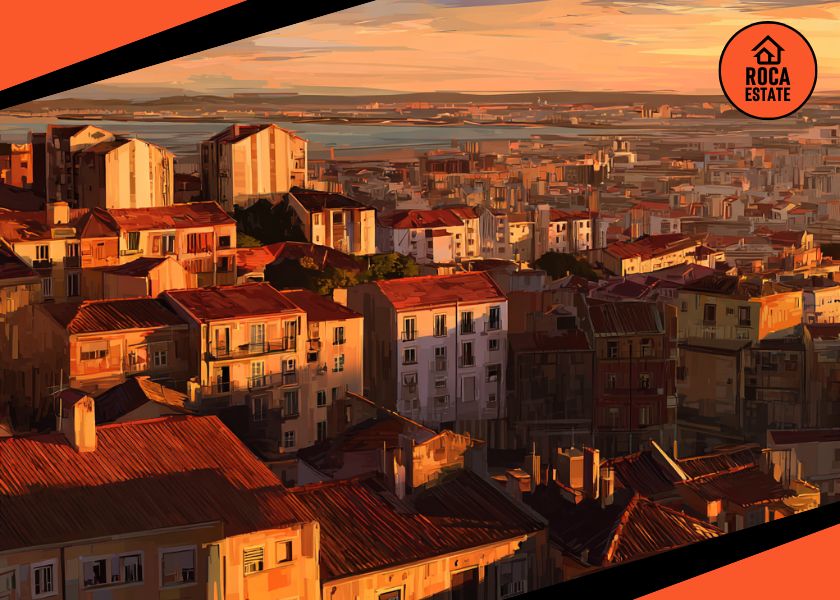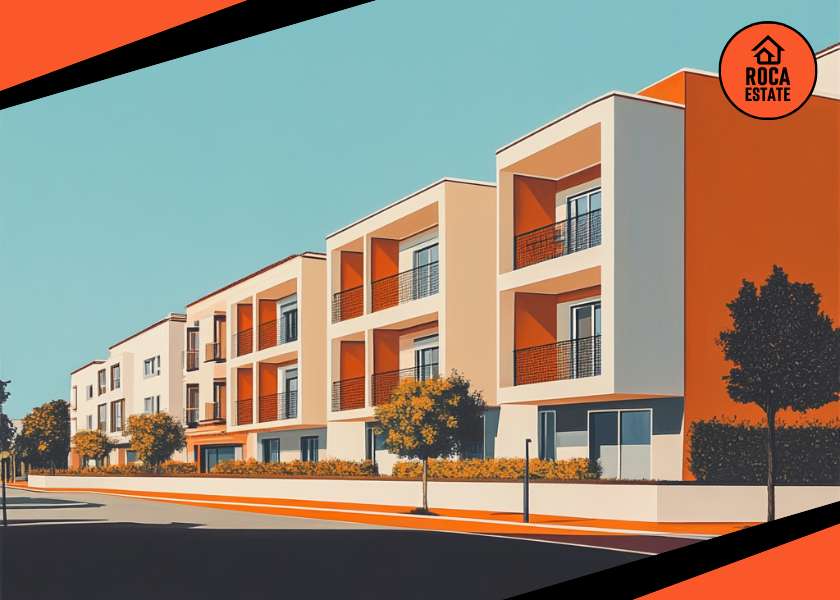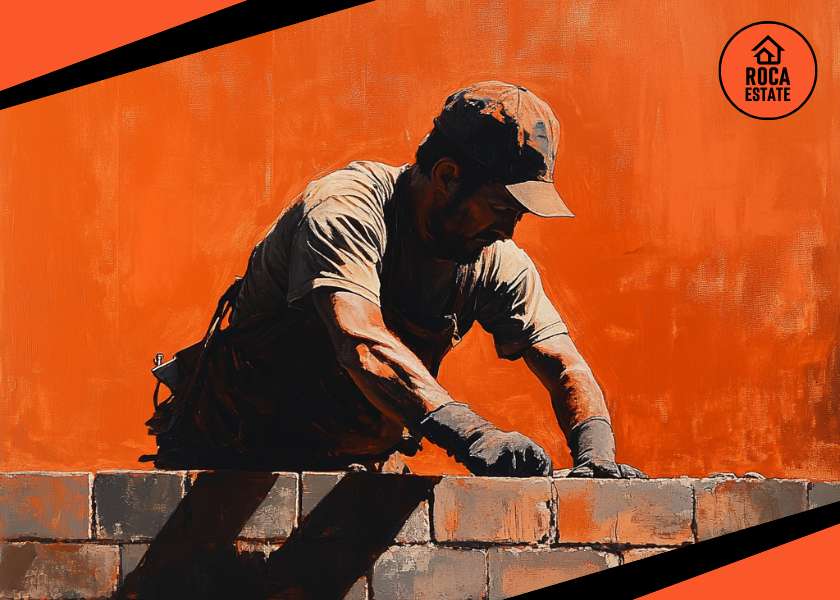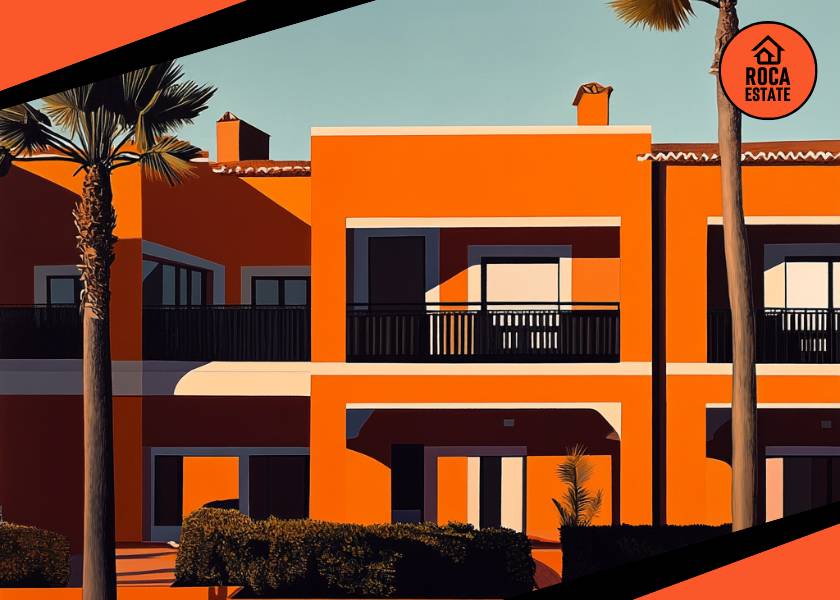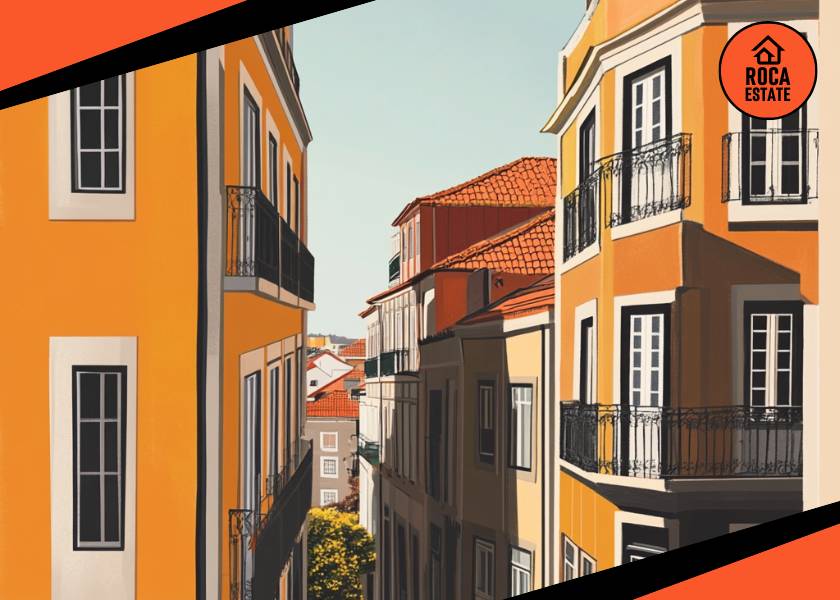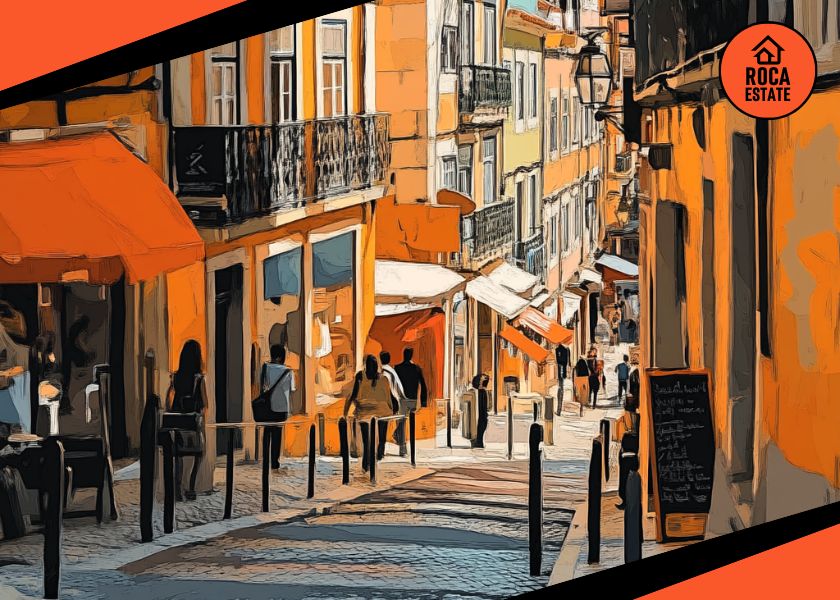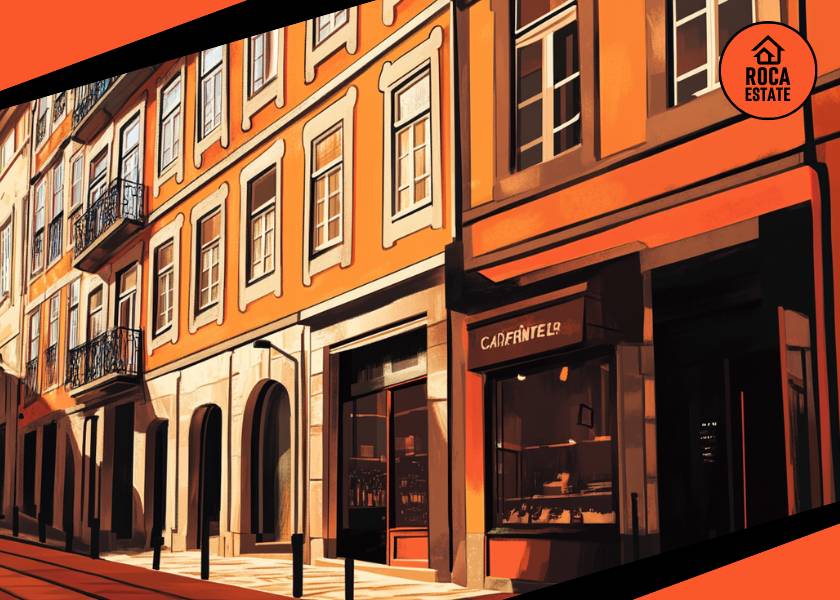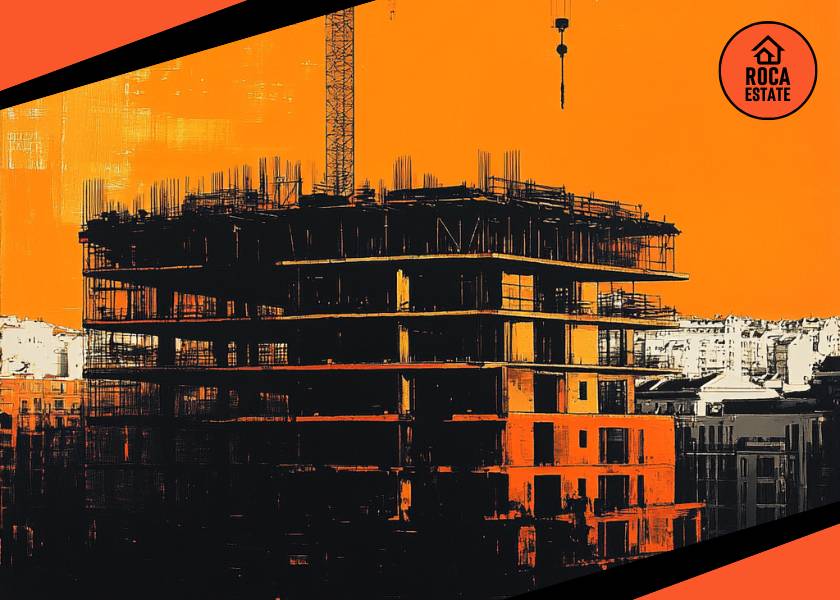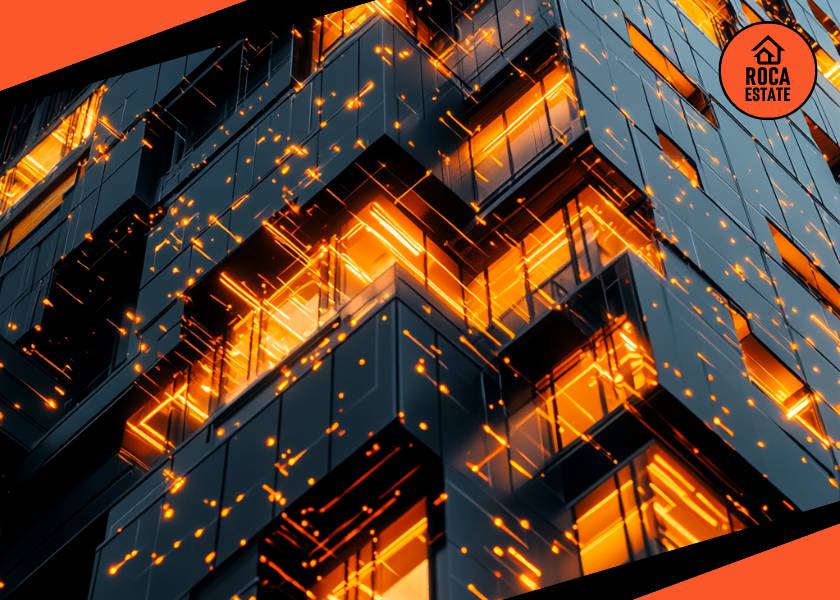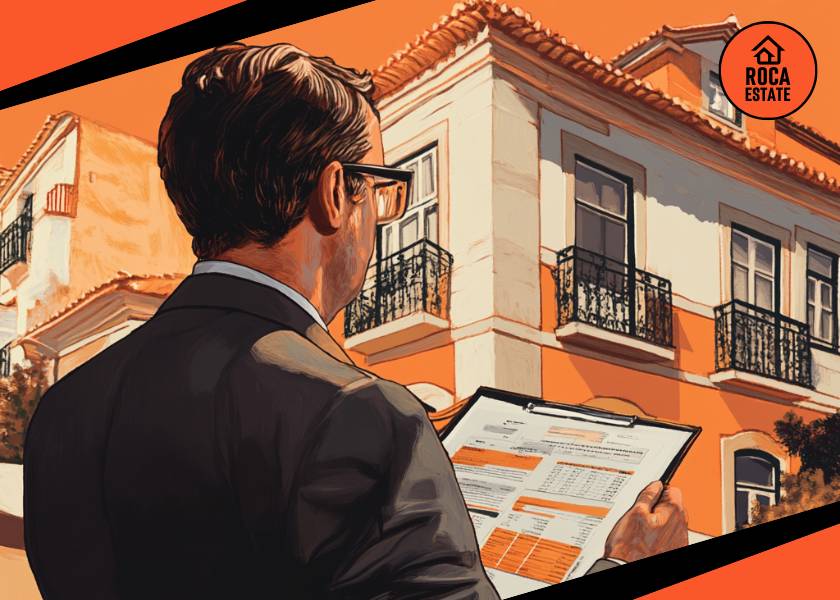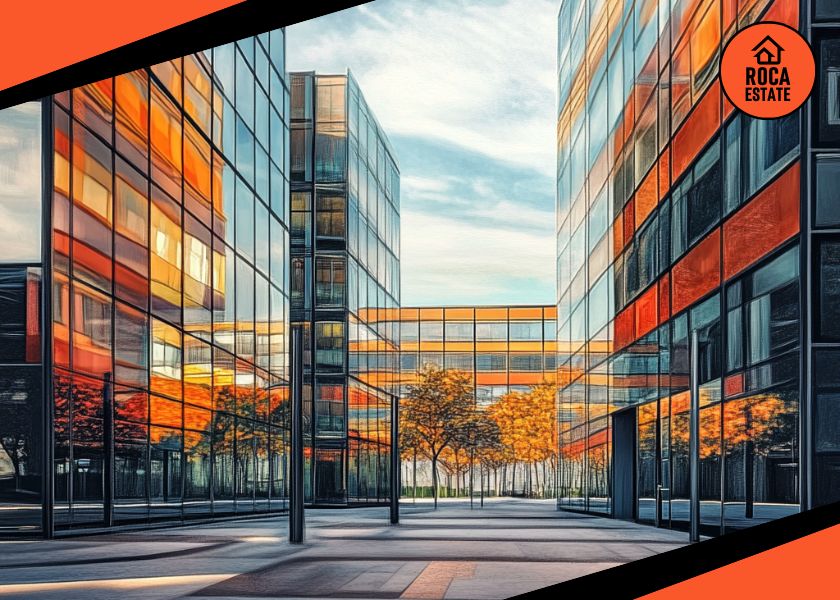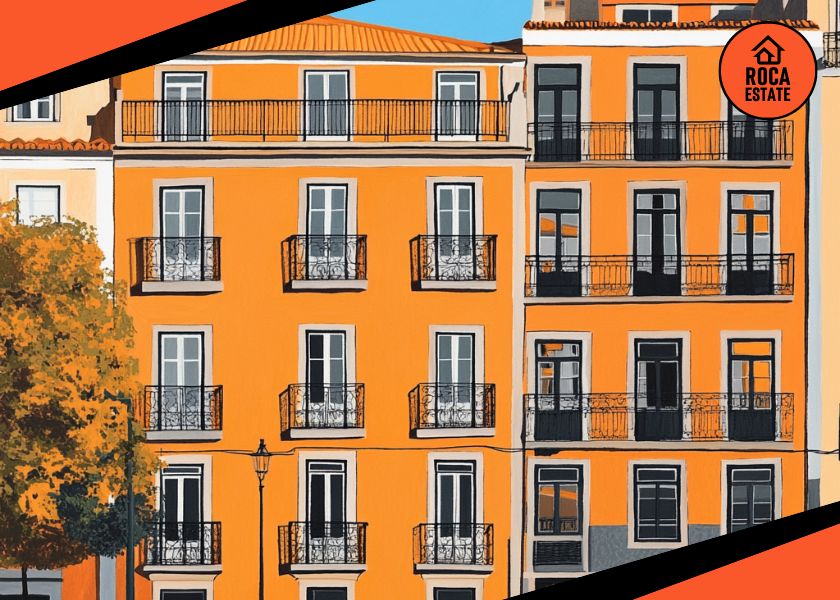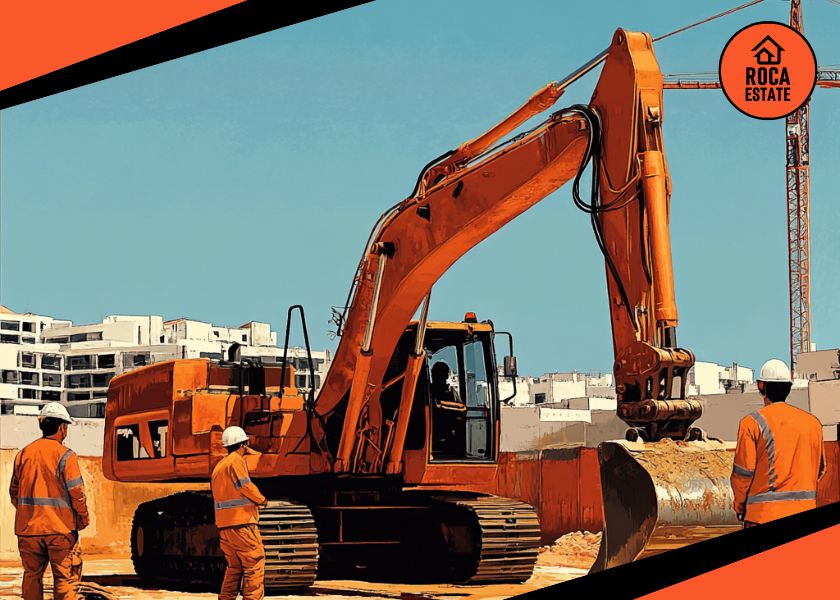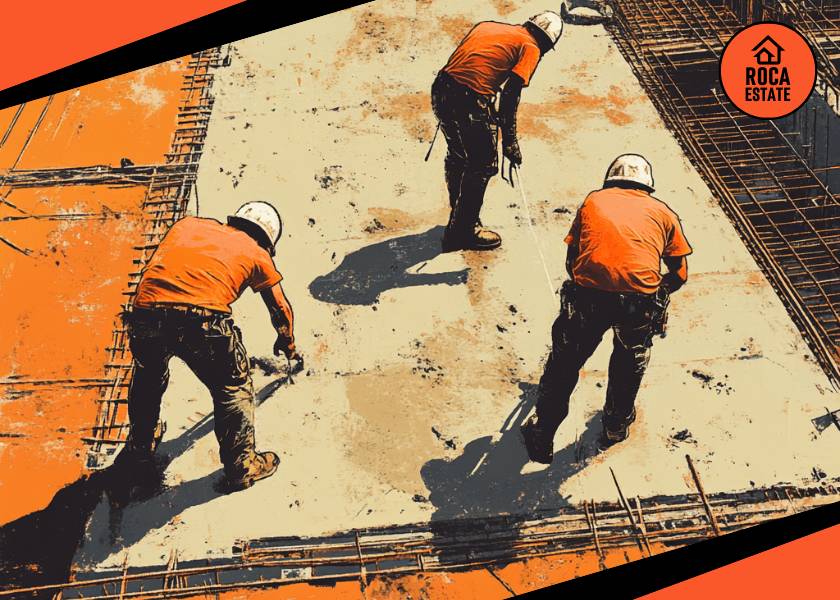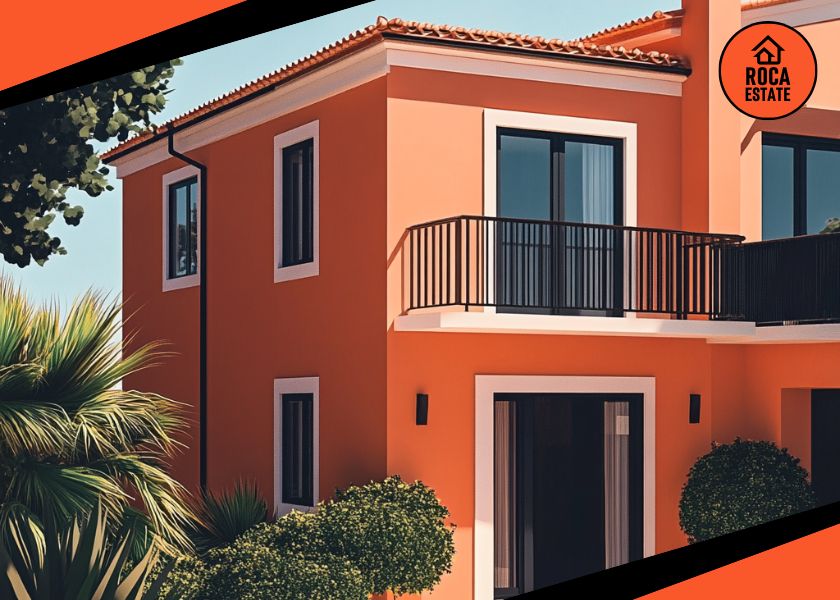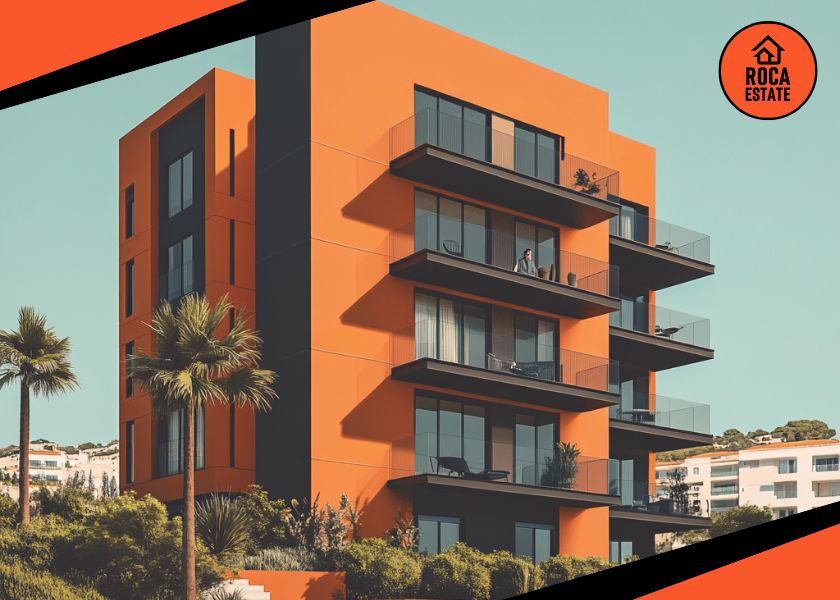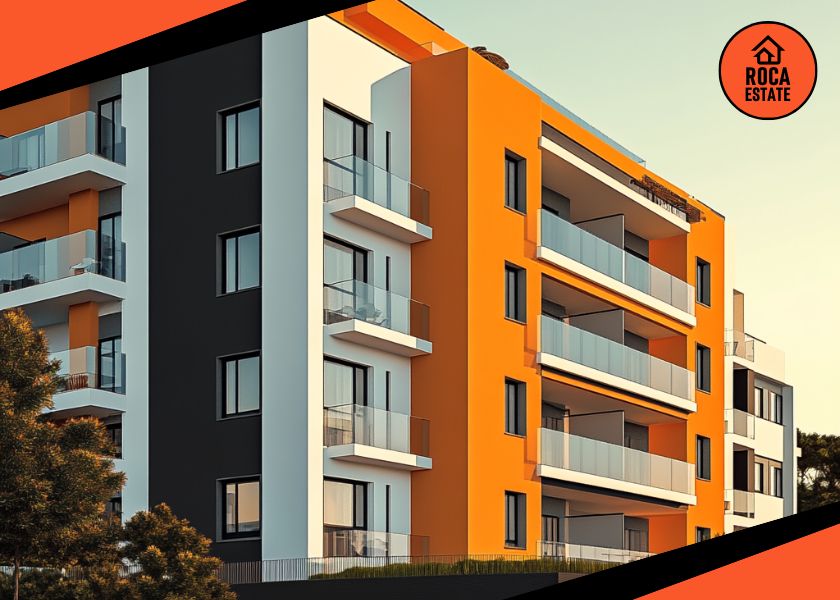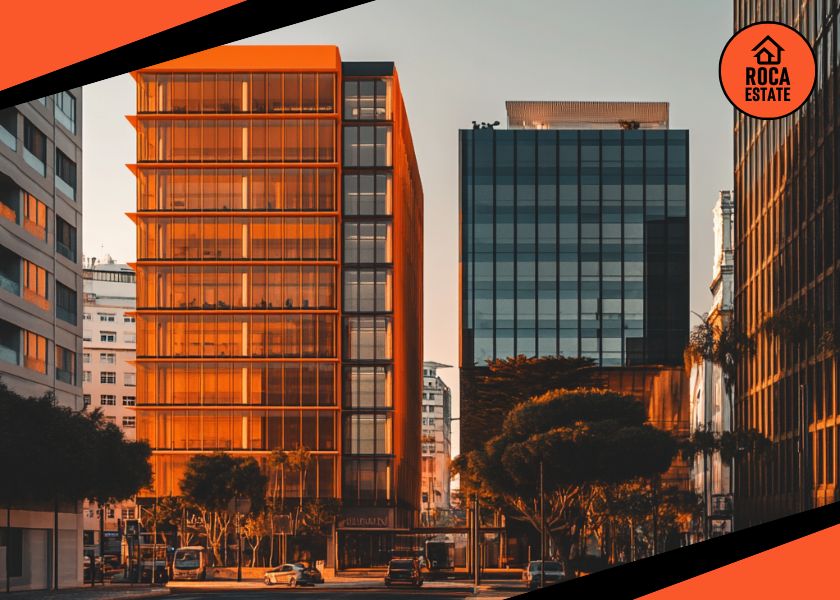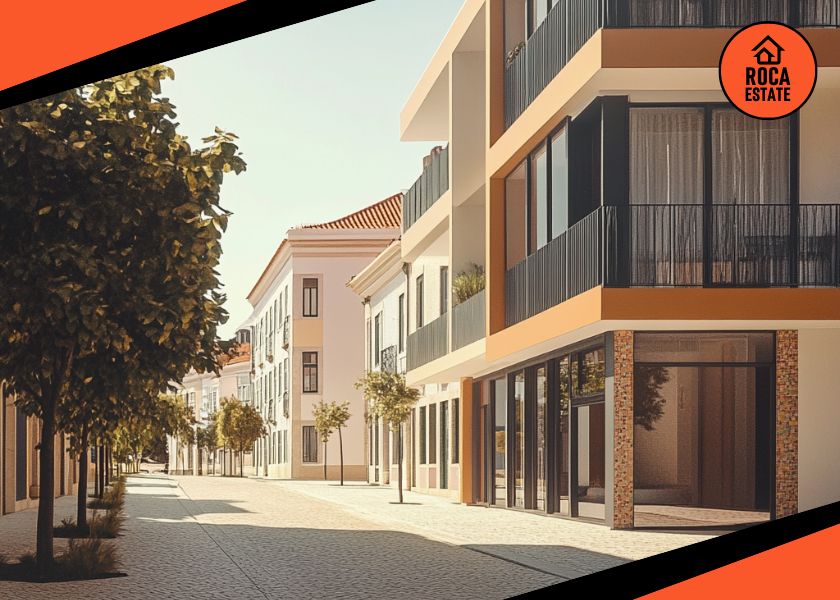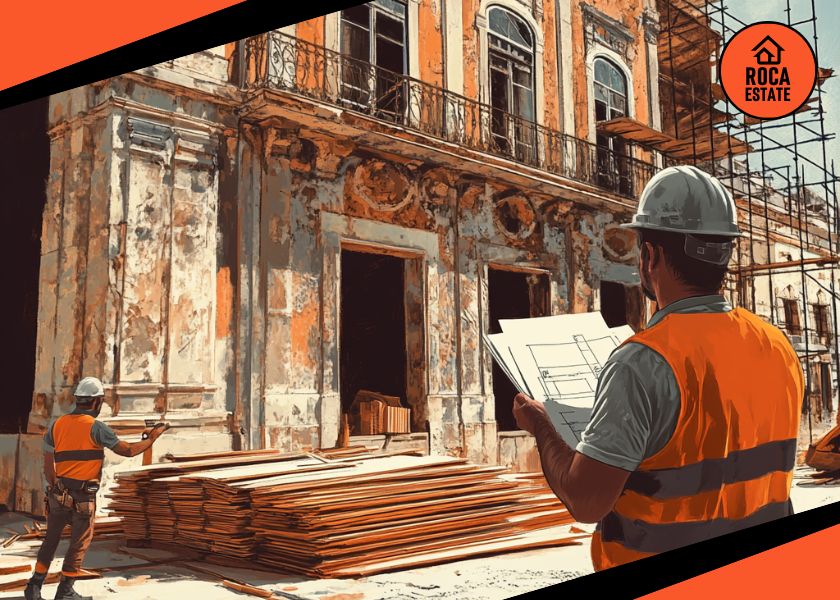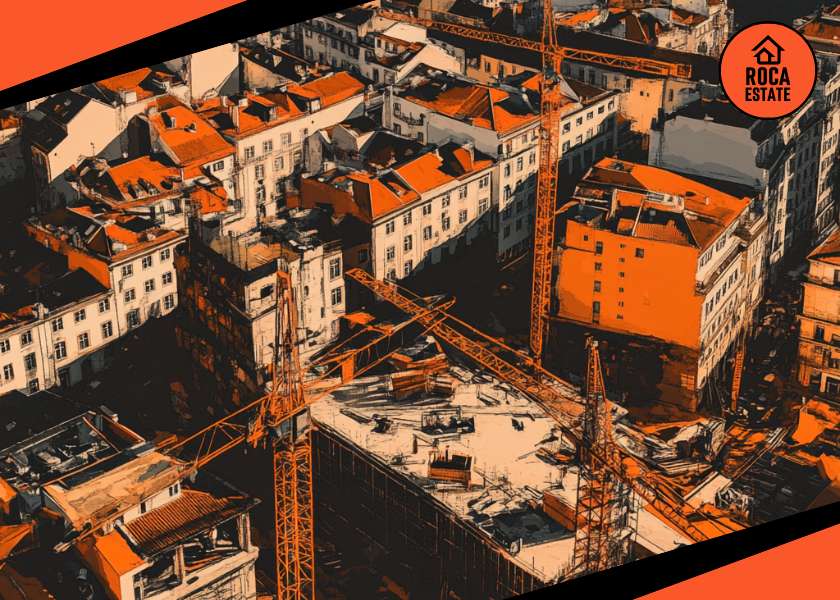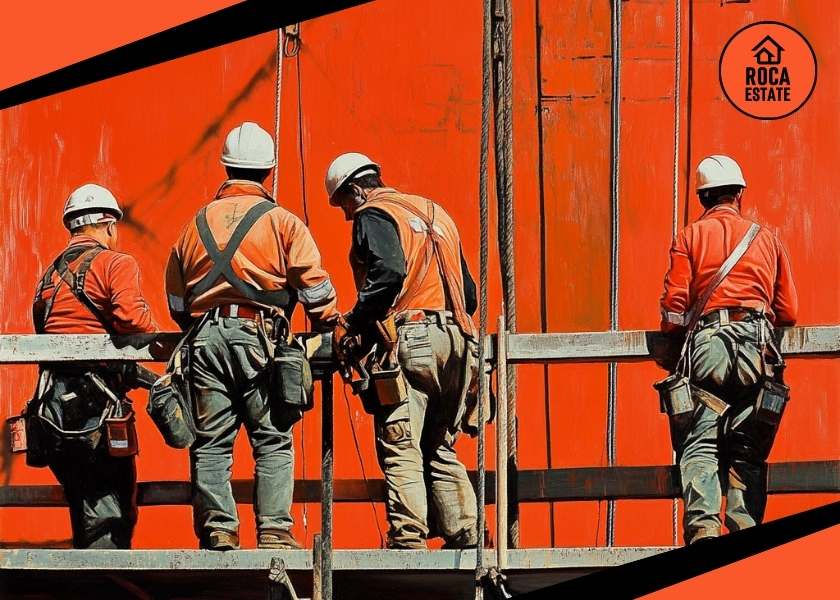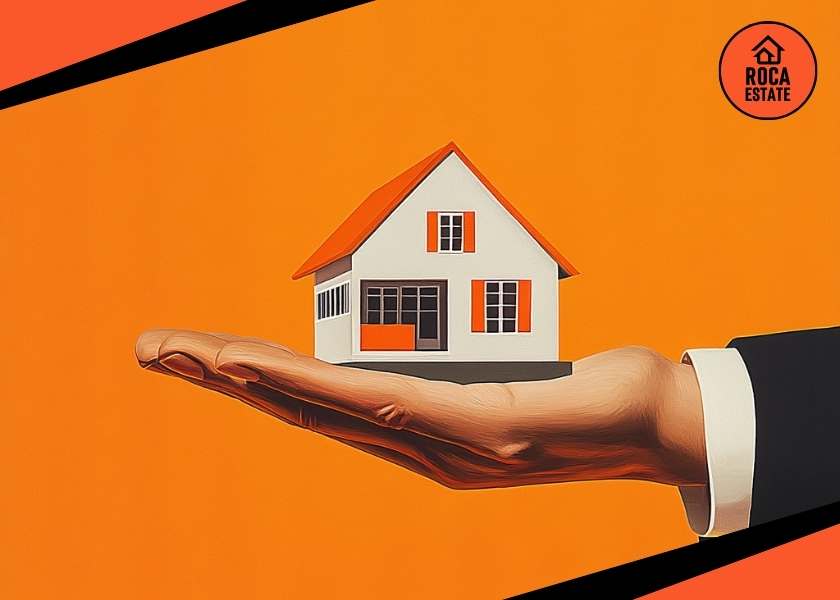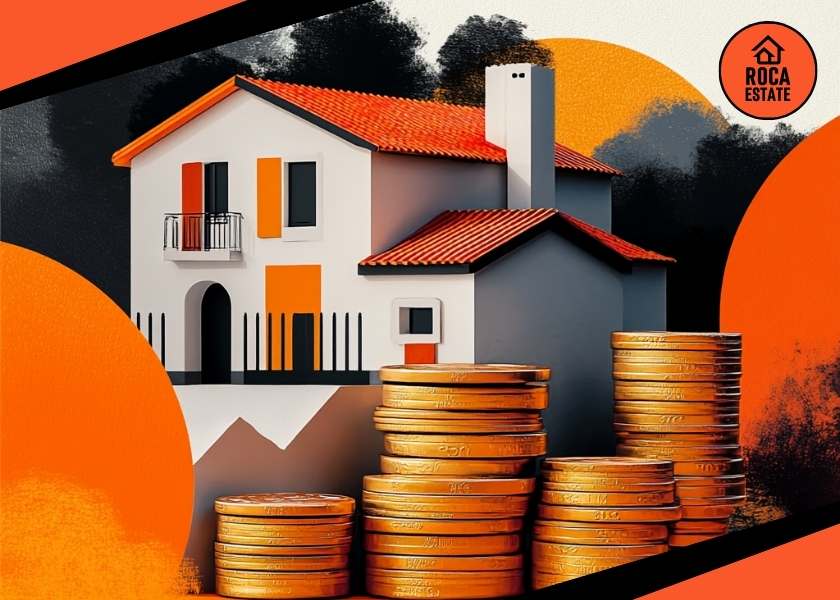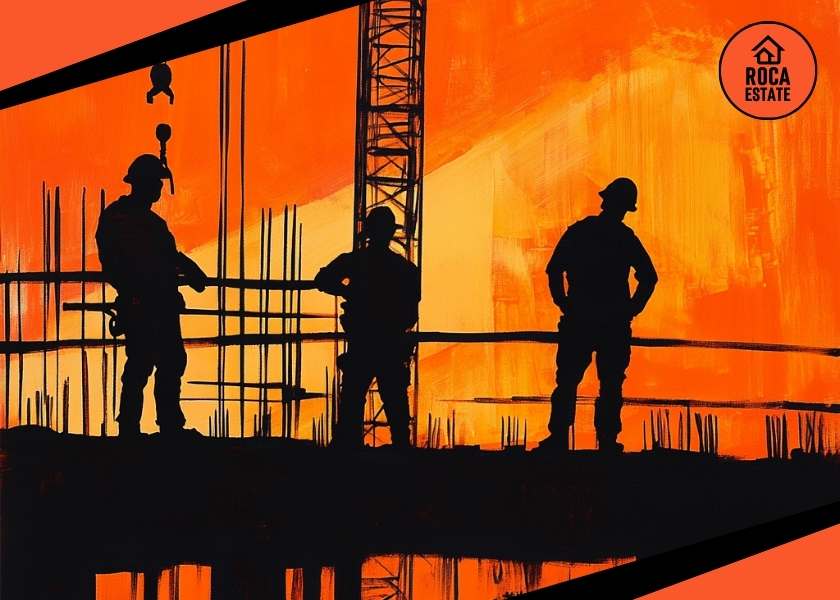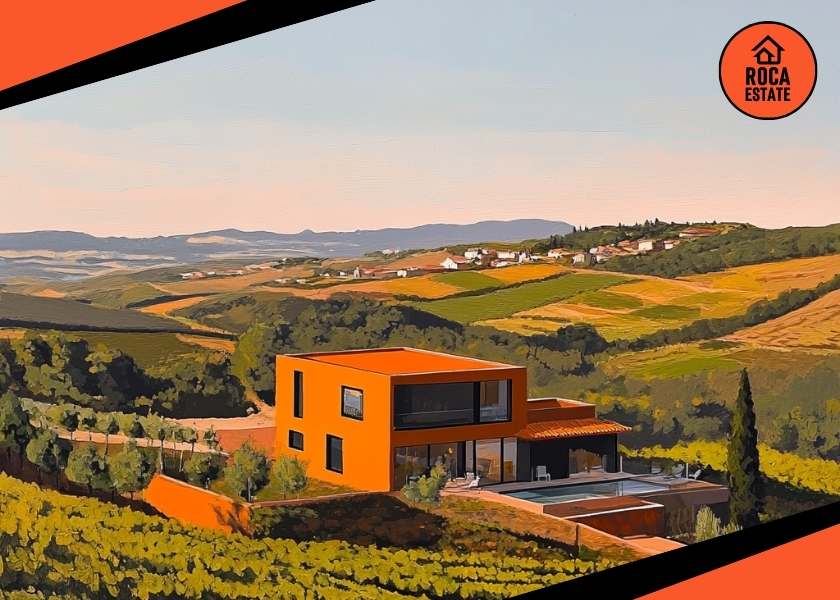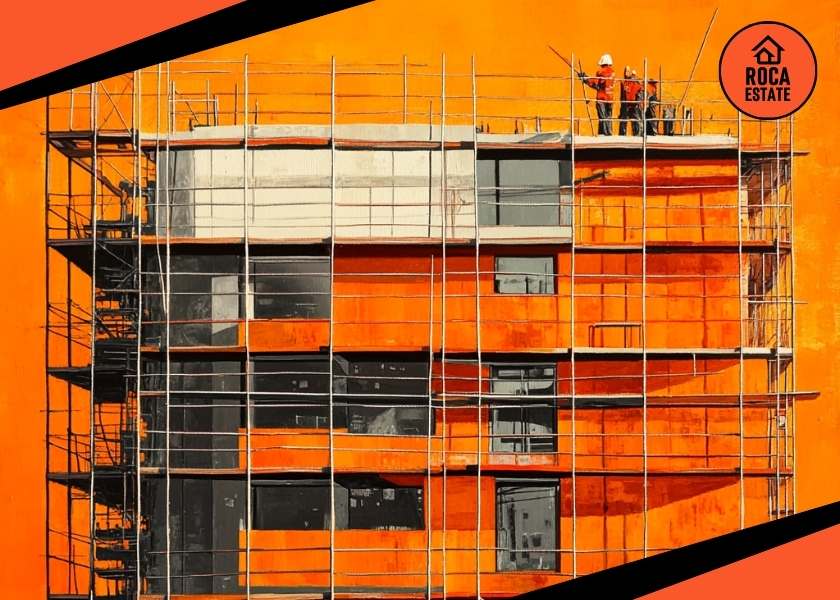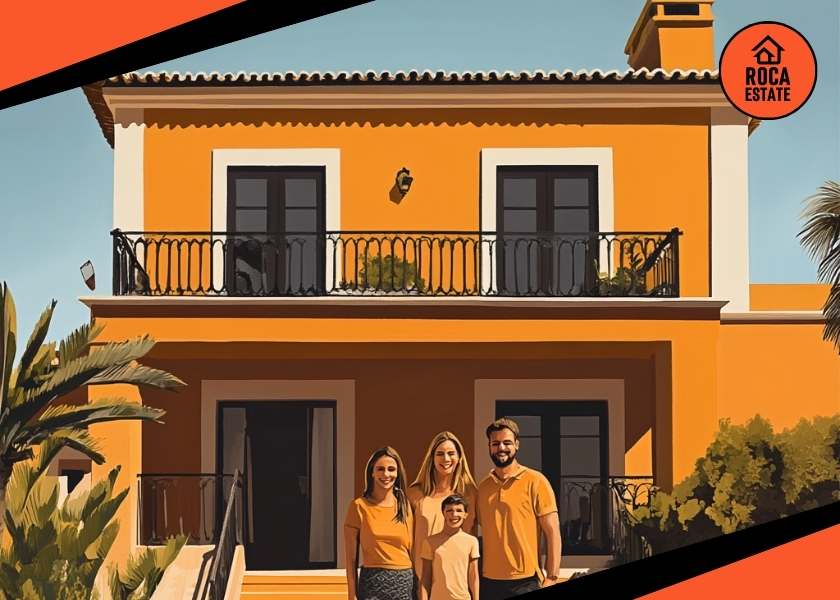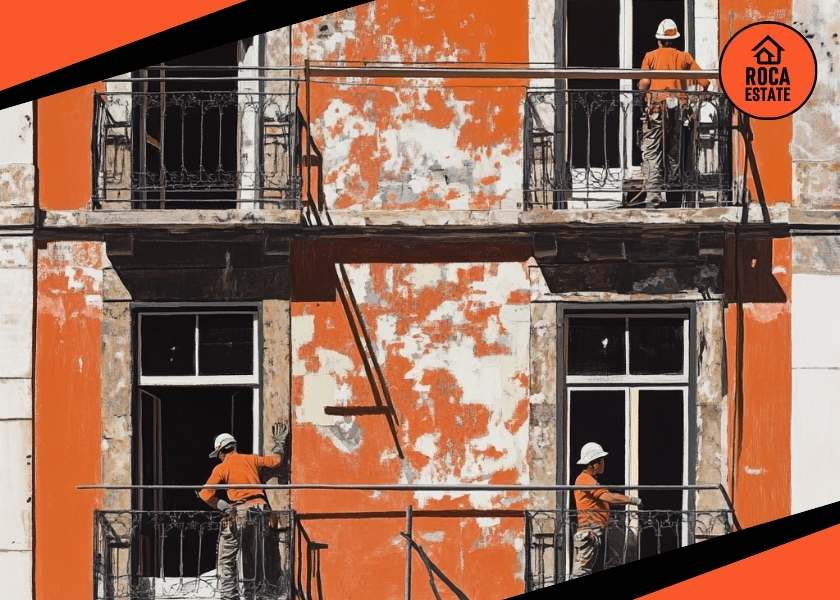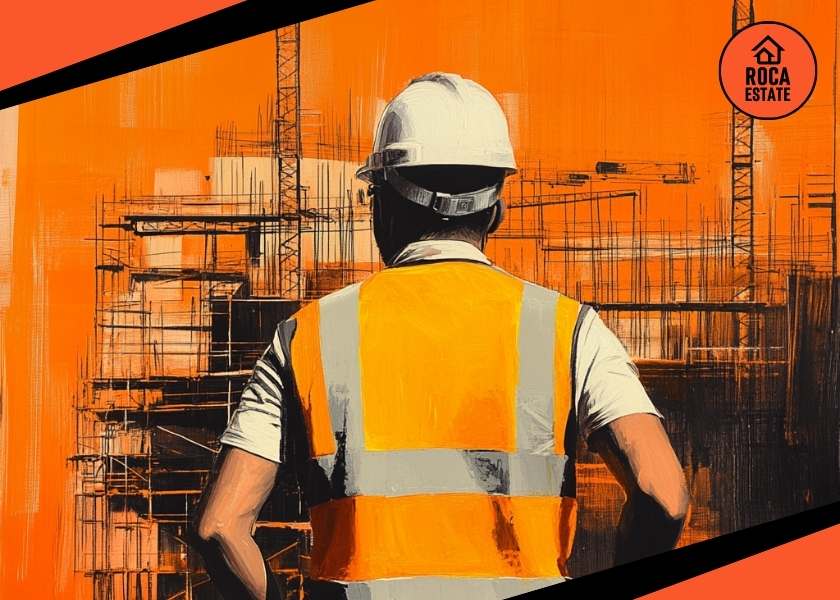According to the latest data from INE, Portugal real estate construction cost trends in August 2025 reveal a notable slowdown in cost growth, signaling a potential shift in the country’s construction cycle. The Construction Cost Index for New Housing (ICCHN) rose 3.8% year-on-year, easing from 4.7% in July. This moderation reflects softer material prices and a gradual stabilization in labor costs, offering developers and investors a window to reassess upcoming projects and cost management strategies.
For those looking to invest in property in Portugal, this cooling trend may bring renewed opportunities for more predictable project planning and improved profit margins. As inflationary pressures ease, investors can expect a more balanced environment for financing, contracting, and timing new developments — key factors in optimizing portfolio performance within Portugal’s resilient real estate market.
Key Findings from the August 2025 Construction Cost Index (ICCHN)
- Overall cost growth: +3.8% year-on-year (vs. +4.7% in July)
- Material costs: +0.9% (down from +1.5%)
- Labor costs: +7.3% (down from +8.5%)
- Monthly variation: -0.3% overall, with both labor and materials down slightly.
The Portugal Real Estate Construction Cost Trends for August highlight that labor remains the dominant cost driver, contributing 3.3 percentage points to the total annual increase, compared with 0.5 p.p. from materials.
Among key inputs:
- Glass and mirrors surged by around 30%, while insulation, waterproofing materials, and ready-mix concrete clbed roughly 5%.im
- In contrast, bitumen and ceramic products fell around 10%, and PVC tubing and steel products dropped close to 5%, showing early signs of market rebalancing.
Interpreting the Data: Implications for Real Estate Investors
The Portugal Real Estate Construction Cost Trends are a leading indicator for developers and investors assessing market timing and project feasibility. The August data suggests a near-term stabilization phase — but one that remains uneven across input categories.
- Cost Stabilization Improves Predictability
The deceleration in total cost growth offers relief for developers who have faced unpredictable pricing since 2021. More stable input costs may help recalibrate project feasibility models, especially for urban regeneration and mixed-use developments. - Labor Inflation Is Structural, Not Temporary
Despite the slowdown, labor costs continue to climb at more than 7% annually, underscoring the persistent workforce shortage in construction. For investors, this means building contingencies into development budgets and prioritizing efficient project scheduling to offset wage-driven risks. - Material Cost Pressures Are Easing
After years of volatility, many construction materials are showing downward adjustments. The easing of prices in steel, ceramics, and PVC could enhance profit margins on commercial projects, particularly those entering construction in early 2026.
Portugal Real Estate Construction Cost Trends: What to Watch Next
The next release will help confirm whether August’s moderation marks a structural shift or a short-term fluctuation. Investors following Portugal Real Estate Construction Cost Trends should keep an eye on:
- Eurozone monetary policy: ECB rate decisions could influence credit costs and real estate financing conditions.
- Labor market resilience: Persistent wage growth will keep overall construction costs elevated.
- Material supply dynamics: Global improvements in logistics and raw material production may continue to ease price pressures into 2026.
If inflation in construction inputs continues to slow, Portugal’s commercial real estate market could regain equilibrium — stabilizing yields and improving confidence among institutional investors.
Strategic Conclusion: A Moment to Reassess Risk and Opportunity
The August data underscores that Portugal Real Estate Construction Cost Trends are moving into a more balanced but still cautious phase. While cost pressures are cooling, the persistence of labor inflation demands strategic discipline from investors.
Key takeaways for decision-makers include:
- Prioritize risk-adjusted returns by monitoring wage inflation and contracting terms.
- Hedge against input volatility through fixed-cost agreements where possible.
- Capitalize on material cost normalization to advance previously postponed projects.
Overall, the current Portugal Real Estate Construction Cost Trends point to a transition — from reactive cost management toward proactive capital planning. For investors with a long-term horizon, this could mark the start of a more predictable and strategically favorable construction environment heading into 2026.
Looking Ahead with Confidence
As construction cost dynamics stabilize, timing and strategy will define the next cycle of opportunity. At Roca Estate, we provide investors with data-driven insights and on-the-ground expertise to help you invest in property in Portugal with confidence and precision.
Discover how our advisory team can help you identify high-potential assets and navigate Portugal’s evolving real estate landscape.
